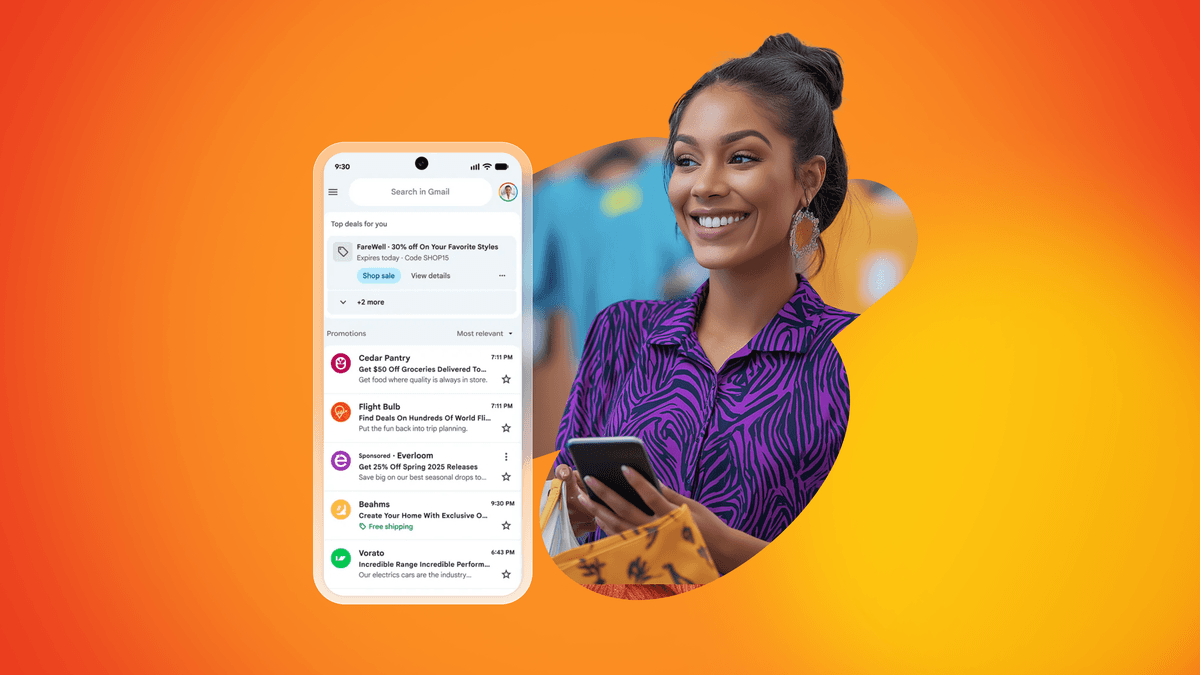What It Takes to Build an SMS Experience Customers Love, the Sunnyside Way
Published on August 04, 2020/Last edited on August 04, 2020/4 min read

Published on August 04, 2020/Last edited on August 04, 2020/4 min read


This project focuses on leveraging two-way SMS messages to help anyone who regularly drinks alcohol build healthier habits around their drinking, and Nick will be sharing customer engagement strategies and technical insights gleaned from his journey. (Interested in seeing the experience for yourself? Braze users and Perspectives readers can skip the waitlist and sign up for the beta here.)
Here at Sunnyside (formerly Cutback Coach), we’ve made a big bet on SMS in our drive to build out a mechanism that can help anyone who drinks alcohol regularly to build healthier habits around their drinking. Building out our approach to SMS required us to create a framework and strategy for using the channel to deliver real value to our customers, but it also meant tackling the technical side of SMS in order to create messaging flows that could help us reach our goals. Here we’ll dig in on details of the implementation, and how we used the Braze customer engagement platform to bring our strategy to life:
At Sunnyside, we decided early on that we wanted SMS to be an interactive, two-way experience for our customers. Since we’re an extremely small team (read: Me), we needed to be able to enable customer interactions in a way that was simple enough to scale, but that was also more sophisticated than the traditional generic keyword structures we’d seen in use across the industry.
To get deeper, we defined a class of response languages, building on the concept of individual keywords to create a multi-word syntax that would enable more nuanced interactions. For example, we created an emoji response language for our members that allowed them to easily track each drink in real time. We introduce this language immediately at trial start and prompted users to practice throughout their first week:

When Sunnyside members use this language, we reward them with an update on their progress relative to their daily target, closing the loop on training them to embrace this new behavior from early in the experience:

To make this possible, we used Braze to create an Action-Based Canvas customer journey that was triggered by any of the predefined words or emojis in the tracking language set:

Next, we set up a language for confirming tracking each morning, in order to give members the opportunity to “clean up” previous days where they may have forgotten to track drinks the night of. For this, we defined a numeric response language that allowed us to differentiate whether users were intending to track single drinks or confirming the previous day’s total.
As with drink tracking in the onboarding flow, we used SMS to train our members daily with prompts. Their reward for participation: A 100% personalized response updating them on their progress for the week to-date:

The logical next question we faced at this stage was what to do when a user responded with a language our system isn’t configured to understand. For this, we built a simple integration in a triggered Braze Canvas to post unrecognized responses to a private channel in the Sunnyside internal Slack. For any text we receive that does not match the predefined languages, we’ve got a person on the other side to step in and respond:

The example above is obviously frivolous, but having a human fallback is an incredibly important part of our business. This lets us:
Time will tell how this strategy scales with our business, but for the early days getting real-time user feedback is worth its weight in gold.
With our response languages defined and a system for human fallback established to avoid customer frustration, we’ve built an approach via Braze Canvas that makes it possible for us to engage with every customer in a human way efficiently. This combination has proven potent for us in the early days of building customer stickiness.
If you’re interested in joining the conversation or have any questions or ideas, please feel free to reach out at [email protected]. And if you want to see the experience in action, sign up here to see how Sunnyside can help you optimize your drinking habits.
Sign up for regular updates from Braze.





